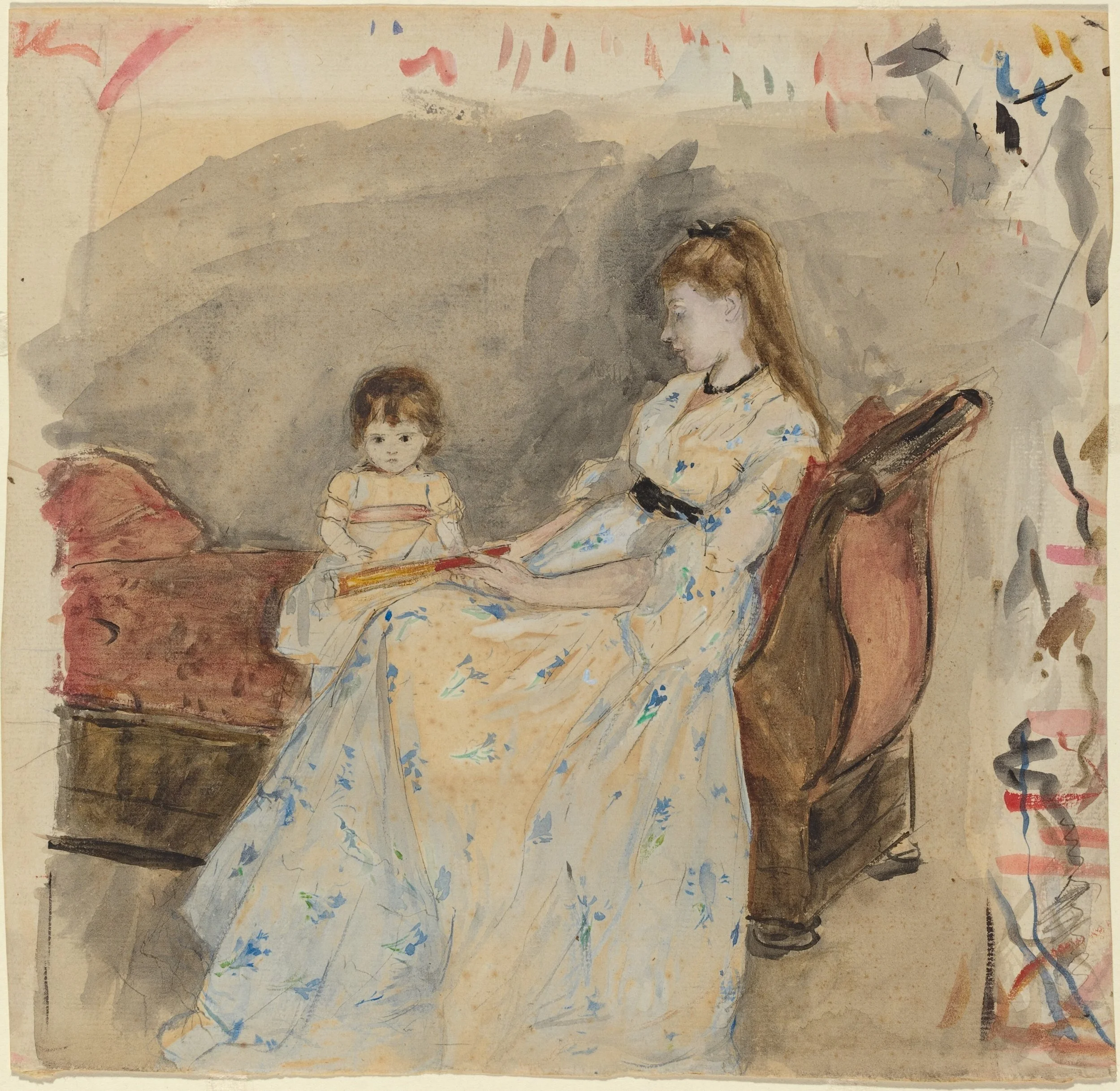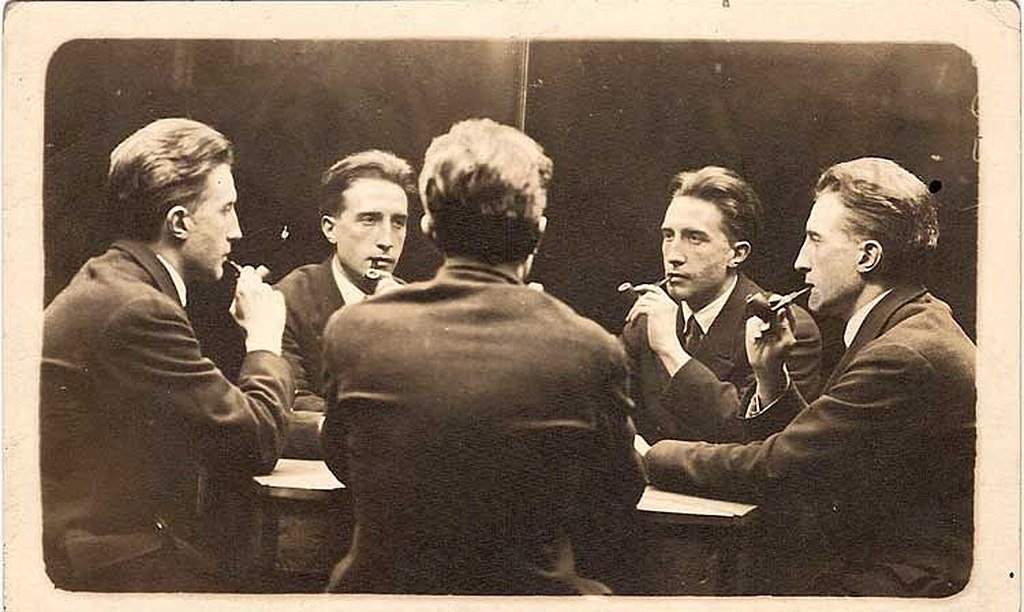“Your priceless insights have completely transformed how I see this artist and also thoroughly upgraded my grasp of the meaning and purpose of art history. ”
Berthe Morisot’s Impressionist Circle
Berthe Morisot was one of the key figures of the Impressionist movement. Her work, both artistic and curatorial, as well as her financial backing helped the artists associated with the movement thrive. This lecture introduces her professional life, her art and the artists who were inspired by her.
[Image: Berthe Morisot, The artist’s sister and niece, Edma and Jeanne, 1872]
Dangerous women: picturing the femme fatale
The idea of a ‘femme fatale’ emerges out of the Christian conception of Eve - the woman who brought the fall of man. From there the dangerous woman was associated with social decay, from witches to deceptive queens. This lecture focuses on the social context of the femme fatale in late 19th century Europe to explore how sensuous images of women coincide with developments in women’s social power, psychology and public health.
[Image: Franz von Struck, The Sin, c. 1909]
Jean-Michel Basquiat: Painting History
Jean-Michel Basquiat is one of the ‘best selling’ artists at auction houses today. But, his importance is not about the price tag. As an African American artist, Basquiat thought critically about his place in the art world and, more broadly, American culture. Much of his work reflects on the beauty, the chaos, the horror and the humour of American history. This lecture explores his history painting, which includes works about jazz, the legacies of slavery and the depictions of African Americans in popular culture. It is meant to introduce you to one of the most important artists of the 1980s.
[Image: Jorge Franganillo, person viewing Basquiat’s 1986 Self-Portrait in the collection of the Museo del Art Contemporáneo, Barcelona, 2020]
Surrealism and the Fetish
Surrealism is a complex social and cultural movement that sought to liberate people from the constraints of the status quo. One of their techniques was to create fetish objects. Based on Freud’s notion of fetish, the artists made works that reflected personal desires and fears. This lecture introduces the Surrealist movement and why they chose fetish as a method of subversion.
[Image: Hans Bellmer, The Doll, 1934-35, via Juliana/Flicker]
Philip Guston’s Restless World
Philip Guston’s life and career spanned nearly the whole of the 20th century. This lecture explore’s his career and how it reflects the social, political events of 20th century America. It introduces Guston’s life and his art, from satirical cartoons to abstract expressionism, while also introducing the turbulent history of 20th century America. It explains how studying artists and their work can help us understand what it may have felt like to experience historic, social changes.
[Image: Sarah Jaffray, detail Tate Modern’s 2024 installation of Guston’s The Small Panels, 1968-70. Artworks pictured © The Estate of Philip Guston]
Art on the Silk Road
A short introduction to the Silk Road, focusing on the art produced by some of the cultures that were part of this extraordinary trade route.
We examine five to six objects that were produced as a result of trading along the Silk Road, these include textiles, ceramics, painting and stone sculpture. The hope is to explore the vibrant diversity of the ancient/medieval world and to see how cultures are far more connected than first imagined.
[Image: Tile with Image of Phoenix, late 13th century, via Metropolitan Museum
“Great in-depth lecture in such a brief amount of time. I learned a lot, will further study Surrealism. Yes, this was truly fascinating and inspiring!! Thank you!”
Käthe Kollwitz: Master Printmaker
Kollwitz is considered one of the most important printmakers in history. This lecture explores why by introducing her innovative processes. We will look at her artistic influences and why she chose to be a printmaker above all other art mediums. We will then explore how she changed print method according to subject and how her art traces the turbulent era of late 19th and early 20th century Germany.
[Image: Kollwitz, Frontal Self-Portrait, 1922-23, via National Gallery of Ottawa]
End Game: Chess in the art of Marcel Duchamp
Culturally, we think of Marcel Duchamp as an artist, but he was a certified chess master, representing France in the World Federation of Chess and writing an influential book on the subject in the 1930s. This lecture explores how Duchamp integrated the fundamental strategies of chess into his art. We’ll look at his development of conceptual art and how it transforms the art object into a logic puzzle that challenges the viewer to think about the artist’s next move.
[Image: Unidentified photographer, Five-way portrait of Marcel Duchamp, 1917 via National Portrait Gallery, Washington D.C.]
“Sarah always pushes us to think about art in a different way. ”







